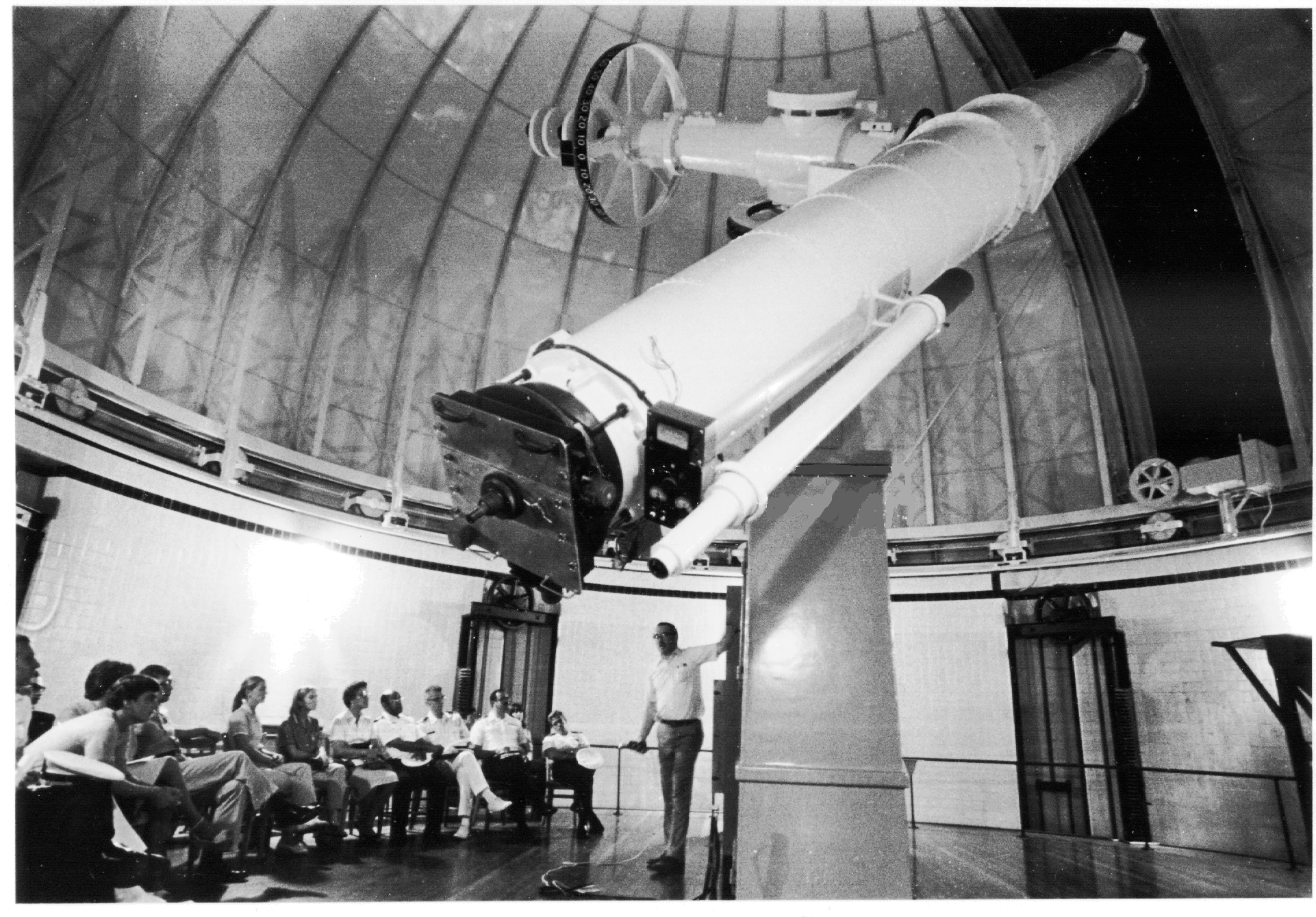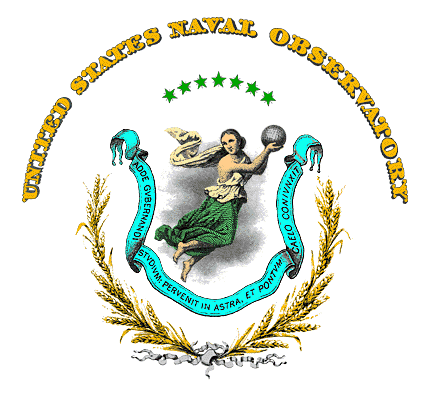|
Asaph Hall
Asaph Hall III (October 15, 1829 – November 22, 1907) was an American astronomer who is best known for having discovered the two moons of Mars, Deimos and Phobos, in 1877. He determined the orbits of satellites of other planets and of double stars, the rotation of Saturn, and the mass of Mars. Biography Hall was born in Goshen, Connecticut, the son of Asaph Hall II (1800–42), a clockmaker, and Hannah Palmer (1804–80). His paternal grandfather Asaph Hall I (June 11, 1735 – March 29, 1800) was a Revolutionary War officer and Connecticut state legislator. His father died when he was 13, leaving the family in financial difficulty, so Hall left school at 16 to become an apprentice to a carpenter. He later enrolled at the New-York Central College in McGrawville, New York, where he studied mathematics. There he took classes from an instructor of geometry and German, Angeline Stickney. In 1856 they married. In 1856, Hall took a job at the Harvard College Observatory in ... [...More Info...] [...Related Items...] OR: [Wikipedia] [Google] [Baidu] |
USNO
The United States Naval Observatory (USNO) is a scientific and military facility that produces geopositioning, navigation and timekeeping data for the United States Navy and the United States Department of Defense. Established in 1830 as the Depot of Charts and Instruments, it is one of the oldest scientific agencies in the United States, and remains the country's leading facility for astronomical and timing data. The observatory is located in Northwest Washington, D.C. at the northwestern end of Embassy Row. It is among the few pre-20th century astronomical observatories located in an urban area. In 1893, in an effort to escape light pollution, it was relocated from Foggy Bottom near the city's center, to its Northwest Washington, D.C. location. The USNO has conducted significant scientific studies throughout its history, including measuring the speed of light, observing solar eclipses, and discovering the moons of Mars. Its achievements include providing data for the first ... [...More Info...] [...Related Items...] OR: [Wikipedia] [Google] [Baidu] |
Asaph Hall I
Asaph (Hebrew: אָסַף) is an ancient name that means "God has gathered" and may refer to: * Asaph (biblical figure), the name of several Biblical figures **Psalms of Asaph * Asaph the Jew, 6th-century Jewish physician, author of: **'' Book of Asaph'' * Saint Asaph, first bishop of the diocese of Saint Asaph in Wales ** Diocese of St Asaph ** St Asaph, a city in North Wales * ''Asaph'' (album) * Asaph Hall Asaph Hall III (October 15, 1829 – November 22, 1907) was an American astronomer who is best known for having discovered the two moons of Mars, Deimos and Phobos, in 1877. He determined the orbits of satellites of other planets and of doubl ..., 19th century astronomer * Asaph Hall Jr., son of the above * Asaph Fipke, Canadian animator {{Disambiguation ... [...More Info...] [...Related Items...] OR: [Wikipedia] [Google] [Baidu] |
Refracting Telescope
A refracting telescope (also called a refractor) is a type of optical telescope that uses a lens (optics), lens as its objective (optics), objective to form an image (also referred to a dioptrics, dioptric telescope). The refracting telescope design was originally used in spyglasses and astronomy, astronomical telescopes but is also used for long-focus lens, long-focus camera lenses. Although large refracting telescopes were very popular in the second half of the 19th century, for most research purposes, the refracting telescope has been superseded by the reflecting telescope, which allows larger apertures. A refractor's magnification is calculated by dividing the focal length of the objective lens by that of the eyepiece. Refracting telescopes typically have a lens at the front, then a optical train, long tube, then an eyepiece or instrumentation at the rear, where the telescope view comes to focus. Originally, telescopes had an objective of one element, but a century later, tw ... [...More Info...] [...Related Items...] OR: [Wikipedia] [Google] [Baidu] |
World War II
World War II or the Second World War (1 September 1939 – 2 September 1945) was a World war, global conflict between two coalitions: the Allies of World War II, Allies and the Axis powers. World War II by country, Nearly all of the world's countries participated, with many nations mobilising all resources in pursuit of total war. Tanks in World War II, Tanks and Air warfare of World War II, aircraft played major roles, enabling the strategic bombing of cities and delivery of the Atomic bombings of Hiroshima and Nagasaki, first and only nuclear weapons ever used in war. World War II is the List of wars by death toll, deadliest conflict in history, causing World War II casualties, the death of 70 to 85 million people, more than half of whom were civilians. Millions died in genocides, including the Holocaust, and by massacres, starvation, and disease. After the Allied victory, Allied-occupied Germany, Germany, Allied-occupied Austria, Austria, Occupation of Japan, Japan, a ... [...More Info...] [...Related Items...] OR: [Wikipedia] [Google] [Baidu] |
Manhattan Project
The Manhattan Project was a research and development program undertaken during World War II to produce the first nuclear weapons. It was led by the United States in collaboration with the United Kingdom and Canada. From 1942 to 1946, the project was directed by Major General Leslie Groves of the United States Army Corps of Engineers, U.S. Army Corps of Engineers. Nuclear physicist J. Robert Oppenheimer was the director of the Los Alamos Laboratory that designed the bombs. The Army program was designated the Manhattan District, as its first headquarters were in Manhattan; the name gradually superseded the official codename, Development of Substitute Materials, for the entire project. The project absorbed its earlier British counterpart, Tube Alloys, and subsumed the program from the American civilian Office of Scientific Research and Development. The Manhattan Project employed nearly 130,000 people at its peak and cost nearly US$2 billion (equivalent to about $ b ... [...More Info...] [...Related Items...] OR: [Wikipedia] [Google] [Baidu] |
Monte Carlo Method
Monte Carlo methods, or Monte Carlo experiments, are a broad class of computational algorithms that rely on repeated random sampling to obtain numerical results. The underlying concept is to use randomness to solve problems that might be deterministic in principle. The name comes from the Monte Carlo Casino in Monaco, where the primary developer of the method, mathematician Stanisław Ulam, was inspired by his uncle's gambling habits. Monte Carlo methods are mainly used in three distinct problem classes: optimization, numerical integration, and generating draws from a probability distribution. They can also be used to model phenomena with significant uncertainty in inputs, such as calculating the risk of a nuclear power plant failure. Monte Carlo methods are often implemented using computer simulations, and they can provide approximate solutions to problems that are otherwise intractable or too complex to analyze mathematically. Monte Carlo methods are widely used in va ... [...More Info...] [...Related Items...] OR: [Wikipedia] [Google] [Baidu] |
Nicholas Metropolis
Nicholas Constantine Metropolis (Greek: ; June 11, 1915 – October 17, 1999) was a Greek-American physicist. Metropolis received his BSc (1937) and PhD in physics (1941, with Robert Mulliken) at the University of Chicago. Shortly afterwards, Robert Oppenheimer recruited him from Chicago, where he was collaborating with Enrico Fermi and Edward Teller on the first nuclear reactors, to the Los Alamos National Laboratory. He arrived in Los Alamos in April 1943, as a member of the original staff of fifty scientists. He came back to Los Alamos in 1948 to lead the group in the Theoretical Division that designed and built the MANIAC I computer in 1952 that was modeled on the IAS machine, and the MANIAC II in 1957. Early life and education Nicolas Metropolis was born on June 11, 1915, in Chicago, US. Metropolis received his BSc (1936) and PhD in chemical physics (1941) at the University of Chicago. During his PhD he worked with Robert Mulliken. After graduation, he worked as an ... [...More Info...] [...Related Items...] OR: [Wikipedia] [Google] [Baidu] |
Buffon's Needle
In probability theory, Buffon's needle problem is a question first posed in the 18th century by Georges-Louis Leclerc, Comte de Buffon: :Suppose we have a floor made of parallel strips of wood, each the same width, and we drop a needle onto the floor. What is the probability that the needle will lie across a line between two strips? Buffon's needle was the earliest problem in geometric probability to be solved; it can be solved using integral geometry. The solution for the sought probability , in the case where the needle length is not greater than the width of the strips, is :p=\frac \cdot \frac. This can be used to design a Monte Carlo method for approximating the number , although that was not the original motivation for de Buffon's question. The seemingly unusual appearance of in this expression occurs because the underlying probability distribution function for the needle orientation is rotationally symmetric. Solution The problem in more mathematical terms is: G ... [...More Info...] [...Related Items...] OR: [Wikipedia] [Google] [Baidu] |
Second Battle Of Bull Run
The Second Battle of Bull Run or Battle of Second Manassas was fought August 28–30, 1862, in Prince William County, Virginia, as part of the American Civil War. It was the culmination of the Northern Virginia Campaign waged by Confederate States Army, Confederate General (CSA), Gen. Robert E. Lee's Army of Northern Virginia against Union Army, Union Major General (CSA), Maj. Gen. John Pope (general), John Pope's Army of Virginia, and a battle of much larger scale and numbers than the First Battle of Bull Run (or First Manassas) fought on July 21, 1861, on the same ground. Following a wide-ranging Flanking maneuver, flanking march, Confederate Maj. Gen. Stonewall Jackson, Thomas J. "Stonewall" Jackson captured the Union supply depot at Manassas, Virginia, Manassas Junction, threatening Pope's line of communications with Washington, D.C. Withdrawing a few miles to the northwest, Jackson took up strong concealed defensive positions on Stony Ridge and awaited the arrival of the ... [...More Info...] [...Related Items...] OR: [Wikipedia] [Google] [Baidu] |
Messenger Of Mathematics
The ''Messenger of Mathematics'' is a defunct British mathematics journal. The founding editor-in-chief was William Allen Whitworth with Charles Taylor and volumes 1–58 were published between 1872 and 1929. James Whitbread Lee Glaisher was the editor-in-chief after Whitworth. In the nineteenth century, foreign contributions represented 4.7% of all pages of mathematics in the journal. History The journal was originally titled ''Oxford, Cambridge and Dublin Messenger of Mathematics''. It was supported by mathematics students and governed by a board of editors composed of members of the universities of Oxford, Cambridge and Dublin (the last being its sole constituent college, Trinity College Dublin). Volumes 1–5 were published between 1862 and 1871. It merged with ''The Quarterly Journal of Pure and Applied Mathematics'' to form the ''Quarterly Journal of Mathematics''. References Further reading * External links''Messenger of Mathematics'', vols. 1–30 (1871&n ... [...More Info...] [...Related Items...] OR: [Wikipedia] [Google] [Baidu] |
US Naval Observatory
The United States Naval Observatory (USNO) is a scientific and military facility that produces geopositioning, navigation and timekeeping data for the United States Navy and the United States Department of Defense. Established in 1830 as the Depot of Charts and Instruments, it is one of the oldest scientific agencies in the United States, and remains the country's leading facility for astronomical and timing data. The observatory is located in Northwest Washington, D.C. at the northwestern end of Embassy Row. It is among the few pre-20th century astronomical observatories located in an urban area. In 1893, in an effort to escape light pollution, it was relocated from Foggy Bottom near the city's center, to its Northwest Washington, D.C. location. The USNO has conducted significant scientific studies throughout its history, including measuring the speed of light, observing solar eclipses, and discovering the moons of Mars. Its achievements include providing data for the first r ... [...More Info...] [...Related Items...] OR: [Wikipedia] [Google] [Baidu] |





